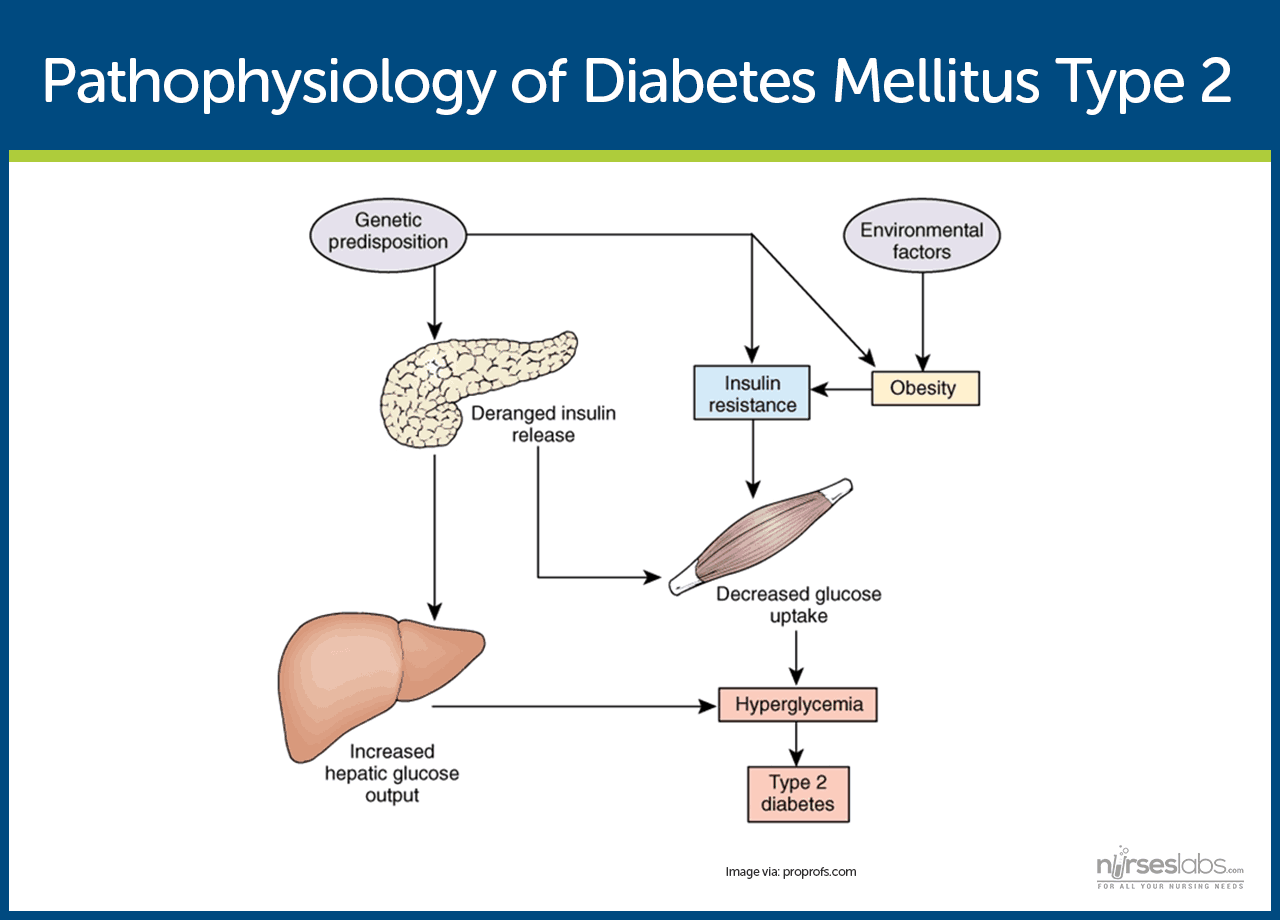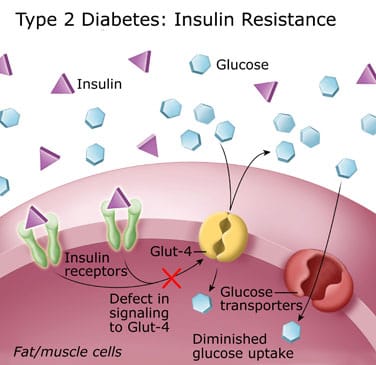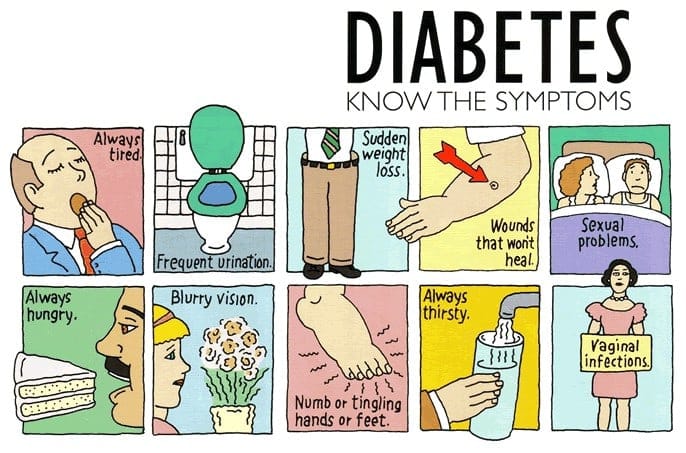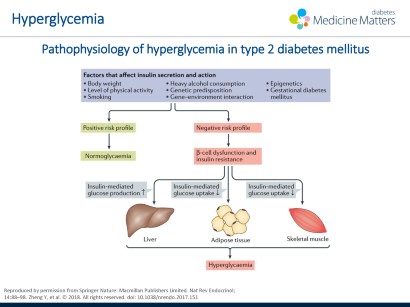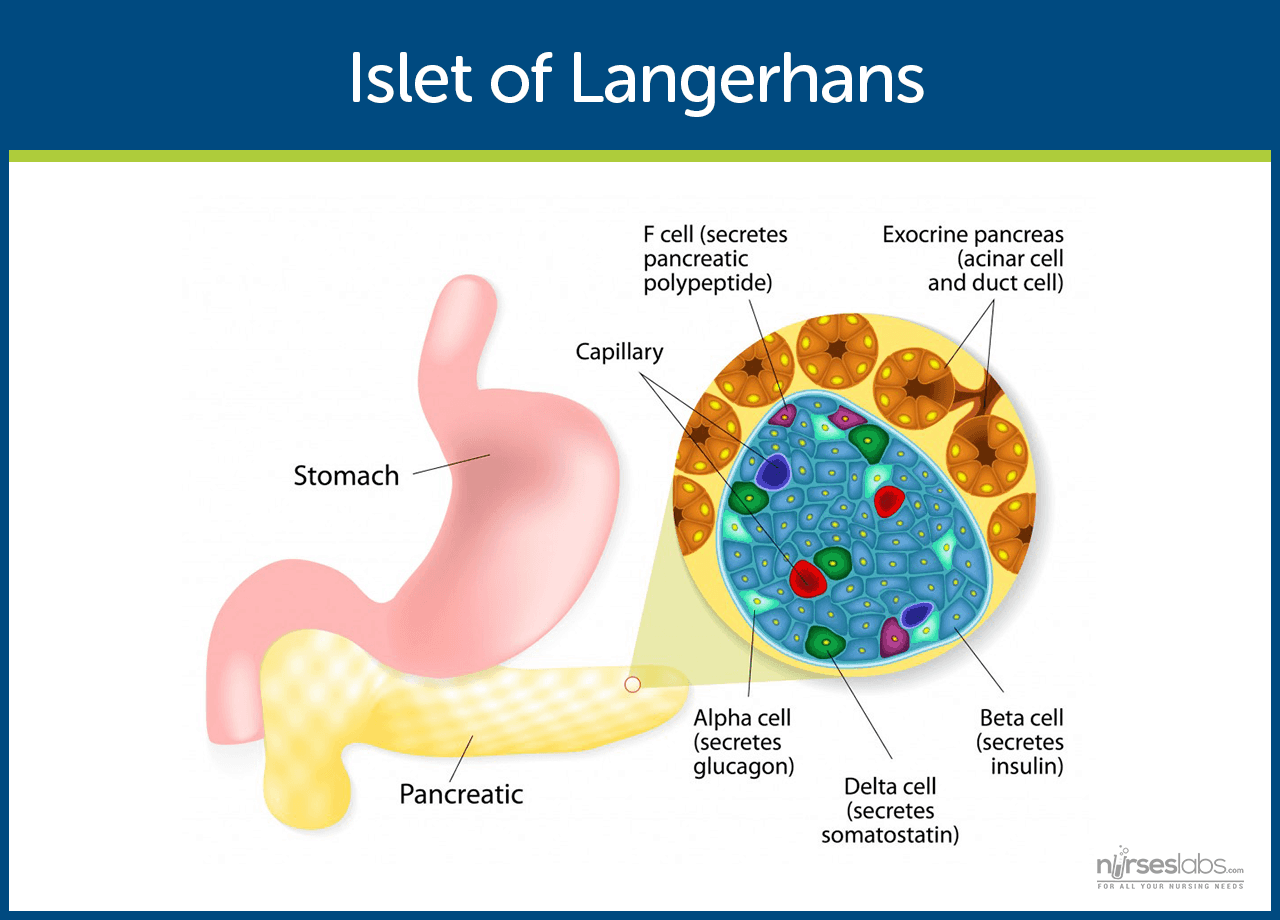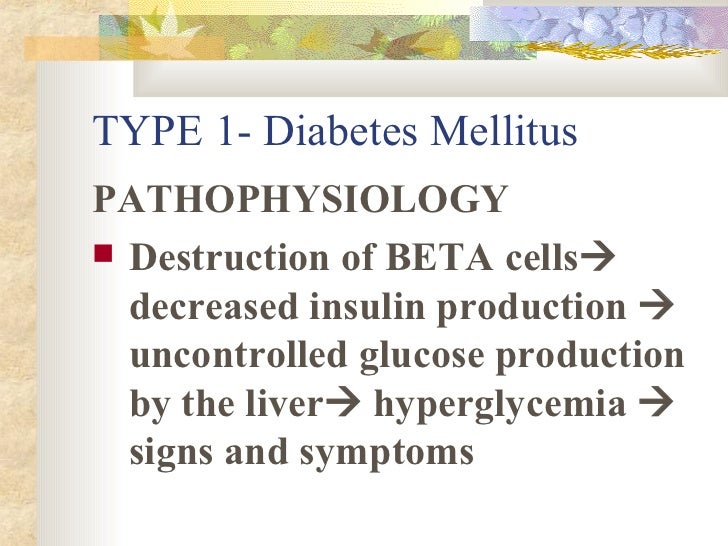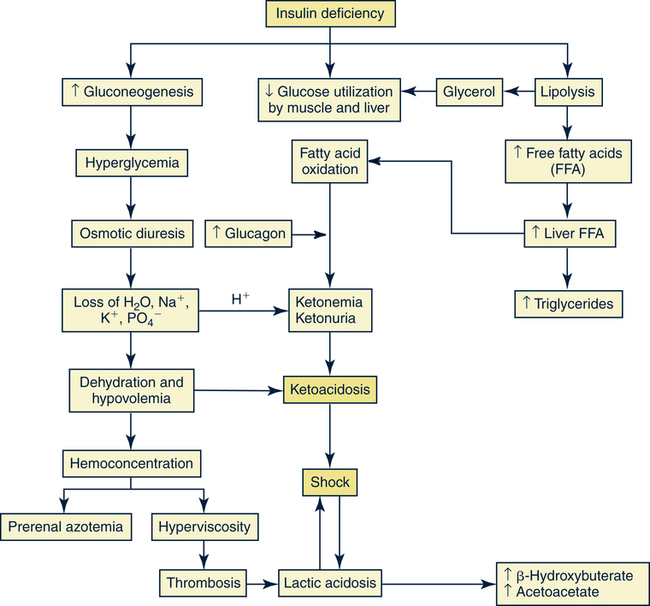Diabetes Mellitus Type 2 Pathophysiology Nursing

Diabetes can lead to serious complications over time if left untreated.
Diabetes mellitus type 2 pathophysiology nursing. Diabetes mellitus is where the body cells cannot use glucose properly for lack of or resistance to the hormone insulin which is produced by the pancreas. Overview of diabetes. Diagnosis of conditions resembling type 2 diabetes chapters 13 3 4 and 13 3 5 and the pathophysiology of hypertension macro and microvascular disease chapters 13 5 13 6 1 and 13 6 4 and the role of genetic factors in the aetiology of type 2 diabetes chapter 13 3 1 are described in detail elsewhere. Type 2 diabetes is the most common form of the disease.
Insulin could not bind with the special receptors so insulin becomes less effective at stimulating glucose uptake and at regulating the glucose release. Diabetes mellitus is where a patient has insuffici. Blood sugar is the primary source of energy for our body and we get this through the food and drinks that we ingest. Type 2 diabetes mellitus is a heterogeneous syndrome characterized by abnormalities in carbohydrate and fat metabolism.
A study by ahlqvist et al suggested that type 1 and type 2 diabetes mellitus can actually be divided into five separate types or clusters of diabetes. In this video i ll give you a super easy step by step breakdown of the pathophysiology of type 2 diabetes. Either they just aren t making enough to deal with the excess blood glucose or their body has become resistant to the effect of insulin. In type 2 diabetes mellitus the patient is making some insulin however one of two things is happening.
The high blood. Pathophysiology of diabetes mellitus type 2. Type 2 diabetes mellitus is often associated with certain genetic predispositions environmental factors lifestyle choices and the dynamic interactions between all of these different aspects. Now in most cases our body controls the blood glucose level and keeps it within a healthy range.
Diabetes mellitus is a cluster of metabolic conditions that are caused by an increase of glucose in the blood. This ailment is a disease state which involves the dysfunction of insulin producing pancreatic beta cells insulin hormone resistance in cells of the body or a combination of both. Type 2 diabetes mellitus has major problems of insulin resistance and impaired insulin secretion. The causes of type 2 diabetes are multi factorial and include both genetic and environmental elements that affect beta cell function and tissue muscle liver adipose tissue pancreas insulin sensitivity.
Diabetes mellitus pathophysiology and nursing nclex lecture review on diabetes type 1 and diabetes type 2.
